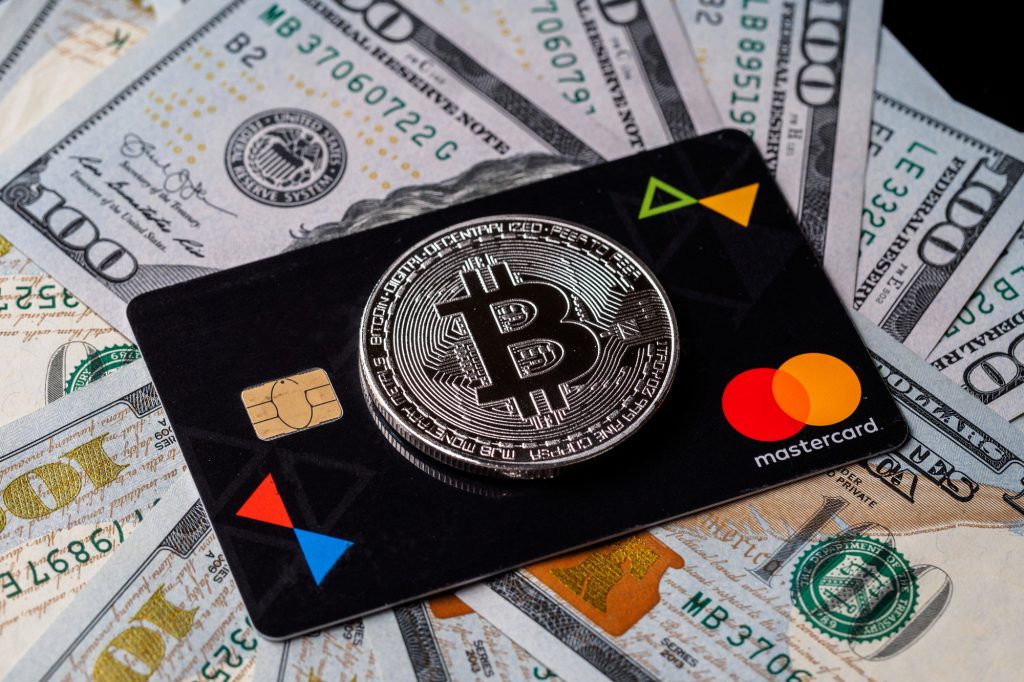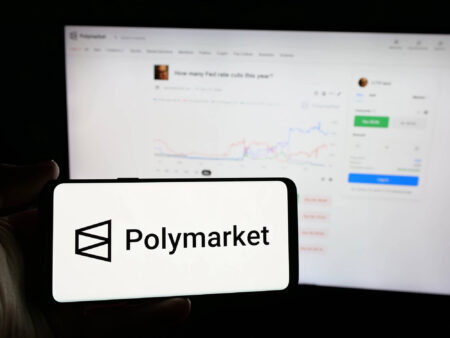Mastercard has announced that it will expand its card program to include crypto wallets and exchanges, in a collaboration with Circle. This is expected to make it easier for customers to convert cryptocurrency to traditional fiat currency, and spend it via a regular credit card.
Five months after Mastercard announced it would bring select stablecoins to its network, the credit card giant is getting active again. The latest collaboration with USDC issuer Circle is a crucial step to expand the ecosystem. In doing so, Mastercard aims to set the stage for the future of crypto payments in a secure and compliant manner.
"Today, not all crypto companies have the basic infrastructure to convert cryptocurrency into traditional fiat currency. We are trying to simplify exactly that. [...] The cryptocurrency market continues to mature and we are driving it together to reduce friction and create choice for people" - Raj Dhamodharan, Mastercard executive vice president of digital asset and blockchain products
Mastercard and its partners plan to test the new feature first with USDC. This should enable more banks and crypto companies to offer their customers a card option that allows digital assets to be spent in stores around the globe. Circle already entered into a similar collaboration with Mastercard competitor Visa.
Circle's expansion
Circle is a global financial technology company and the main operator of USD Coin (USDC) - the second largest dollar digital currency after Tether (USDT). USDC has a market capitalization of over $26 billion and has been catching up strongly with its competitor. The use of USDC by Mastercard's partners is expected to help simplify the conversion of cryptocurrencies into fiat currencies and help card issuers facilitate settlements in the future.
"The collaboration between Circle and Mastercard underscores how the role of blockchain technology in online payments and commerce is growing, while also providing an important bridge between digital currency payment systems and large, established payment networks." - Jeremy Allaire, Circle Co-Founder and CEO
The stablecoin is often used in decentralized finance (DeFi) applications to earn interest on dollar deposits. This is something Circle actively promotes through third-party relationships and is an evolution from their original focus on payments-only. The company completed a $440 million funding round in May and is in the process of going public via a SPAC.
Regulation of private stablecoins
The announcement comes at a time when stablecoins are coming under increasing scrutiny from regulators and lawmakers. Most recently, the U.S. President's Working Group on Financial Markets promised to release recommendations for stablecoin regulations in the coming months after top federal financial regulators discussed use cases and potential risks.
This followed statements from Federal Reserve officials signalling various degrees of concern in recent months. In particular, Boston Fed Bank President Eric Rosengren has called the market-leading stablecoin Tether (USDT) a potential "challenge" to financial stability. However, the Federal Reserve is generally sceptical of private money; in a new report, the central bank proposed different measures to "tame" stablecoins.




